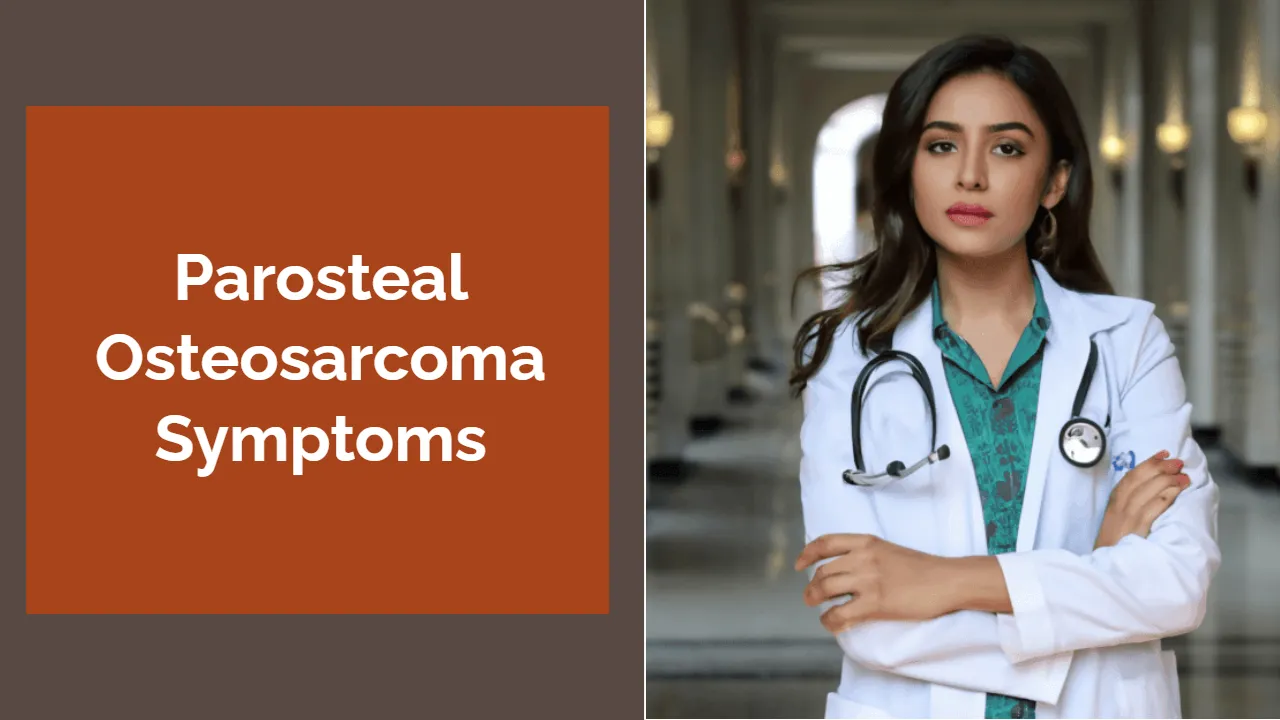Understanding Parosteal Osteosarcoma: A Guide for People in India
Parosteal osteosarcoma, also referred to as juxtacortical osteosarcoma, is a rare form of bone cancer that develops on the outer surface of bones, typically near the growth plate. Although it is less common compared to other types of osteosarcoma, recognizing its symptoms and seeking timely medical intervention is crucial for effective treatment. This article aims to provide an informative guide for individuals in India who are concerned about this condition.
Symptoms of Parosteal Osteosarcoma
Parosteal osteosarcoma often manifests with subtle symptoms that can easily be mistaken for less serious conditions. Be mindful of the following signs:
- Pain: A persistent, dull ache or sharp pain in the affected area is common. The pain may intensify with physical activity or during the night.
- Swelling: A noticeable lump or swelling near the affected bone may gradually develop. This swelling is typically firm and not tender to the touch.
- Limited Movement: The affected joint may become stiff or painful, especially during extreme ranges of motion.
- Weakness: You may experience weakness in the affected limb or find it difficult to perform daily activities.
- Visible Deformity: In some cases, the tumor can cause a visible deformity of the bone, leading to an uneven appearance.
Common Sites for Parosteal Osteosarcoma
Parosteal osteosarcoma frequently affects the long bones of the body, particularly the:
- Femur (thigh bone)
- Tibia (shin bone)
- Fibula (smaller bone in the lower leg)
- Humerus (upper arm bone)
Risk Factors for Parosteal Osteosarcoma
While the exact cause of parosteal osteosarcoma remains unknown, certain factors can elevate the risk, including:
- Age: It primarily affects teenagers and young adults, with a peak incidence between ages 10 and 30.
- Genetics: A family history of bone cancer can increase the risk.
- Radiation Exposure: Previous exposure to radiation therapy can contribute to the development of parosteal osteosarcoma.
Seeking Medical Attention
If you experience any of the symptoms listed above, it’s imperative to consult a doctor immediately. Early diagnosis and treatment are essential for effectively managing parosteal osteosarcoma. A doctor will likely conduct a physical examination, order imaging tests such as X-rays, CT scans, or MRI scans, and may perform a biopsy to confirm the diagnosis.
Treatment Options
Treatment for parosteal osteosarcoma usually involves a combination of approaches:
- Surgery: The primary treatment involves surgically removing the tumor. In some cases, limb-salvage surgery may be possible, preserving the affected limb.
- Chemotherapy: Chemotherapy is often used to shrink the tumor before surgery or to prevent its spread.
- Radiation Therapy: Radiation therapy may be employed to target any remaining cancer cells after surgery.
Conclusion
Parosteal osteosarcoma is a rare but serious form of bone cancer. While its symptoms can be subtle, it is crucial to be aware of them and seek medical attention promptly. Early diagnosis and treatment offer the best chance for successful management and recovery. If you are experiencing any of the symptoms mentioned in this article, do not hesitate to consult a doctor. Remember, early detection and treatment are key to combating this disease.



